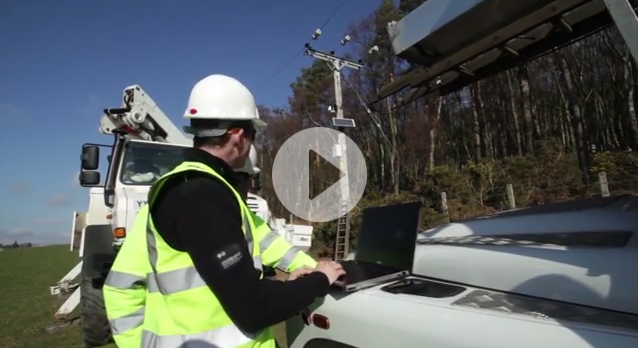CIGRÉ 2012: Use of Real-Time Thermal Ratings to increase network reliability under faulted conditions
Overview
Real-Time Thermal Rating (RTTR) has been shown to deliver increased power flow capability and thus defer or remove the need for high-cost network reinforcement. Often in such trial scenarios the network is assumed to be intact. RTTR can however provide increased network reliability under an (n-1) or (n-2) situation as well.
Under faulted conditions, one or more circuits in a power distribution network are not available to carry electrical energy to meet customer demand. In these circumstances, a new power flow equilibrium is established, in which one or more unfaulted circuits will be carrying more power than they would with the network intact. This increased power flow may exceed the static rating of one or more of the circuit components, potentially resulting in customers becoming disconnected from the network.
An alternative approach would be to calculate dynamic ratings for these components. Often, this results in the overloading being reduced or even eliminated. This could allow disconnection of a smaller number of customers or avoid the need for disconnection altogether.
This approach is illustrated by a case study based on an actual rural distribution network in the North of England. The paper describes this network in detail. It shows that, following the (n-2) loss of high voltage infeeds, requiring reconfiguration at a lower voltage, on average up to 4400 customers cannot be supplied if the current static ratings are employed.
RTTR can significantly reduce the number of unsupplied customers under such faulted conditions. Using actual meteorological data, processed by a detailed thermal model, predictions of appropriate RTTR can be made on a half-hourly basis. These predictions can be used in the control room to reconfigure the network in a less disruptive way. The average gain depends on the month in which it is applied, and ranges from 900 to 2100 customers.
This study is an initial approach to applying a combination of RTTR and network risk methodologies to a network under faulted conditions.








